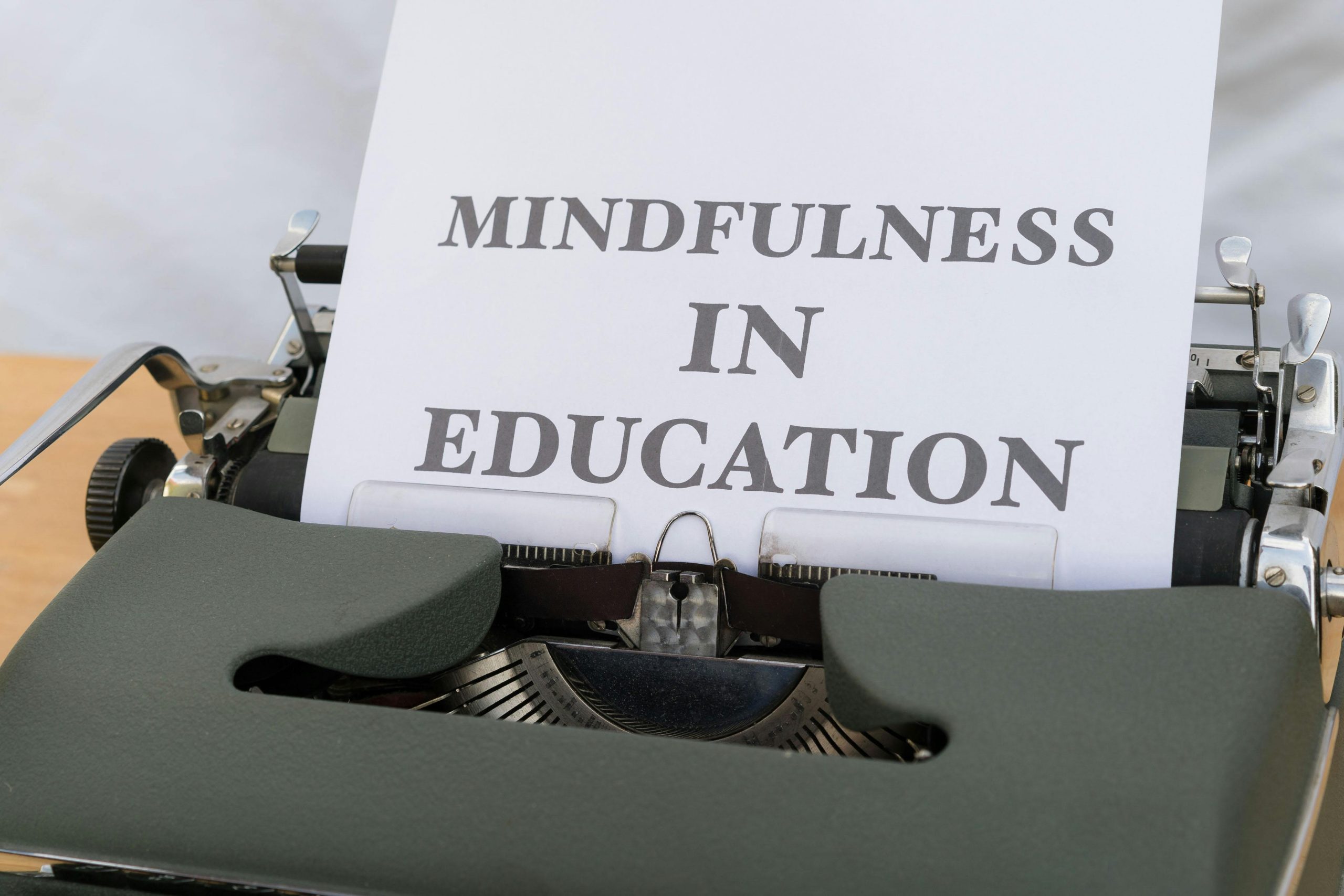Student loan forgiveness has been a hot topic in recent years, with millions of borrowers eagerly awaiting updates on potential relief programs. As we move into 2025, several key changes and proposals could impact those with federal student loans. Whether you’re currently repaying your loans, in deferment, or considering applying for forgiveness, staying informed is crucial. This guide breaks down the latest updates, eligibility requirements, and what borrowers should expect in the coming year.
Key Changes to Student Loan Forgiveness in 2025
2025 brings several notable updates to student loan forgiveness programs. The Biden administration has continued to push for broader relief, while legal challenges and congressional debates shape the landscape. Here are the most important changes:
- Expanded Income-Driven Repayment (IDR) Plans: New adjustments to IDR plans may lower monthly payments and shorten forgiveness timelines for some borrowers.
- Public Service Loan Forgiveness (PSLF) Updates: Temporary waivers have been extended, allowing more public service workers to qualify.
- New Legislative Proposals: Congress is reviewing bills that could introduce additional forgiveness options, though their passage remains uncertain.
- Supreme Court Ruling Aftermath: The 2023 Supreme Court decision blocking widespread forgiveness has led to alternative approaches, including targeted relief for specific groups.
Eligibility for Student Loan Forgiveness in 2025
Understanding whether you qualify for loan forgiveness is the first step toward securing relief. Eligibility criteria vary by program, but here’s a general overview:
Income-Driven Repayment (IDR) Forgiveness
Borrowers enrolled in IDR plans may qualify for forgiveness after 20-25 years of payments, depending on the plan. Recent adjustments have made it easier for some borrowers to receive credit for past payments, even if they weren’t in an IDR plan at the time.
Public Service Loan Forgiveness (PSLF)
PSLF remains one of the most sought-after programs, offering tax-free forgiveness after 10 years of qualifying payments while working for a government or nonprofit employer. The program has seen temporary expansions, but borrowers must ensure they meet all requirements.
Closed School Discharge & Borrower Defense
If your school closed while you were enrolled or engaged in misconduct, you may qualify for a full discharge of your federal loans. The Department of Education has streamlined the application process for these programs in 2025.
How to Apply for Loan Forgiveness in 2025
Applying for student loan forgiveness can be complex, but following these steps can help simplify the process:
- Review Your Loan Type: Federal loans are eligible for most forgiveness programs, while private loans are not.
- Check Your Payment History: Ensure your payments qualify under the program you’re applying for (e.g., PSLF requires 120 qualifying payments).
- Submit the Correct Forms: Each program has specific applications, such as the PSLF Employment Certification Form or IDR forgiveness request.
- Stay Updated: Monitor your loan servicer’s communications and the Federal Student Aid website for any changes or additional documentation requirements.
What Borrowers Should Do Now
With shifting policies and deadlines, borrowers should take proactive steps to maximize their chances of forgiveness:
- Consolidate FFEL or Perkins Loans: Some older federal loans must be consolidated into Direct Loans to qualify for PSLF or IDR adjustments.
- Certify Employment Annually (for PSLF): Submitting yearly employment certifications ensures your payments are counted correctly.
- Explore Repayment Options: If you don’t qualify for forgiveness yet, switching to an IDR plan could reduce your monthly burden.
- Avoid Scams: Only use official government resources—never pay a third party to help with forgiveness applications.
Conclusion
Student loan forgiveness remains a dynamic issue in 2025, with new opportunities and challenges for borrowers. While widespread relief faces hurdles, targeted programs like PSLF and IDR adjustments offer viable paths to reducing or eliminating debt. By staying informed, verifying eligibility, and submitting accurate applications, borrowers can navigate the system effectively. Keep an eye on official updates from the Department of Education and your loan servicer to ensure you don’t miss out on potential relief.
